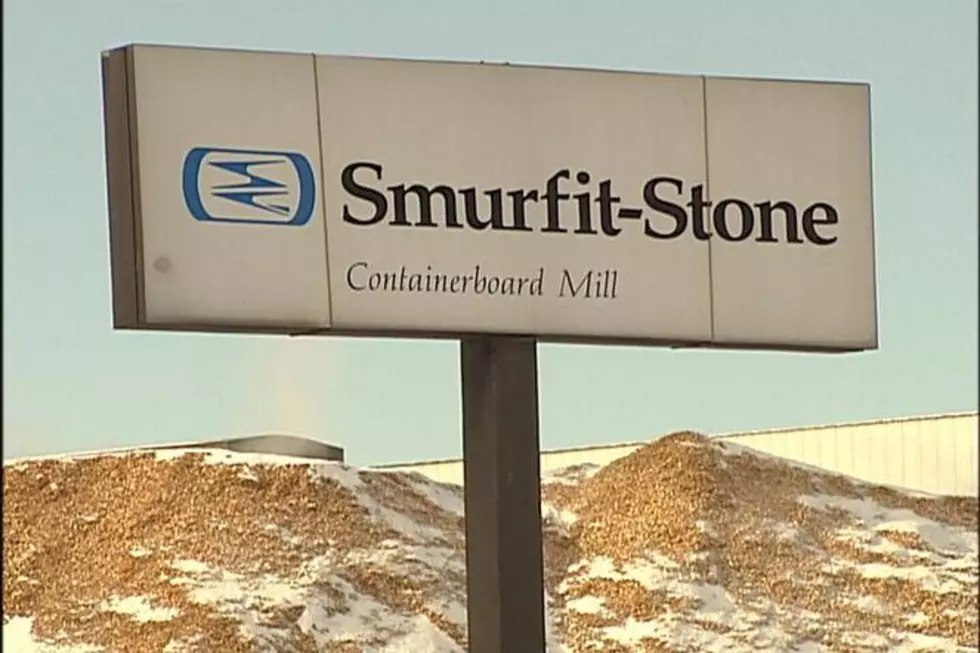
EPA finds no contamination on portion of Smurfit property; will recommend release
By Martin Kidston
The Environmental Protection Agency found no human and little environmental risk on 1,200 acres of a former paper mill west of Missoula, and is likely to remove that section from ongoing efforts to determine the level of contamination on the rest of the property.
The federal agency met Thursday with stakeholders in Missoula and Frenchtown to unveil test results for Operable Unit 1 – the 1,200-acre section that lies north of the former Smurfit-Stone Container Corp. mill site.
“We focused first on Operable Unit 1 and looked at whether there was contamination that needed to be addressed within the operable unit,” said Sarah Sparks, with the EPA. “We're going to determine that there is no contamination in that area, so we'll be able to remove that operable unit from the site, and move forward with Operable Units 2 and 3.”
Operable Unit 1 is comprised largely of agricultural land, while Unit 2 lies at the center of the former linerboard plant. Unit 3 encompasses the wastewater treatment ponds and acreage along the Clark Fork River.
The EPA signed an agreement in 2015 with the potentially responsible parties, including West Rock, International Paper and M2Green, to begin a remedial investigation. Field work took place last winter, with oversight provided by the EPA and Montana Department of Environmental Quality.
Testing included the installation of 15 groundwater monitoring wells and 37 addition soil bores resulting in 213 soil samples, 49 groundwater samples, 50 sediment samples and 10 surface water samples.
Test results, which look at a variety of contaminants associated with the paper industry, are still pending for Units 2 and 3. But contamination found on Operable Unit 1 didn't pose a risk to human health, according to the EPA.
“All the contaminants identified on Unit 1 were either below the conservative risk-based screen, below background, or present at a level that didn't pose an unacceptable risk,” said Sparks. “In conclusion, Unit 1 doesn't pose any health concern for either current or future plausible users at the site.”
The testing also looked at the environmental risks resulting from any residual contamination. Comparisons were made with DEQ data sets collected from sediment and surface water samples across the state.
Dan Wall, a toxicologist with the EPA, said two chemicals came through in Unit 1, including copper and selenium. However, both chemicals fell within statewide statistics and didn't pose an environmental risk.
“Based on my professional judgment, the adverse affects to plants and small mammals from selenium, specifically, are possible but unlikely,” said Wall. “When they ask for my recommendation on whether we need to take an action to alleviate that risk, I'm going to recommend no.”
Local stakeholders and county leaders didn't debate the EPA's recommendations on Thursday, though they were critical of the agency's perceived lack of transparency. They also believe the EPA has thus far focused its time and efforts on the least contaminated portions of the site.
Missoula County Commissioner Cola Rowley said the county is disappointed with the lack of progress, noting that the site investigation began more than two years ago and the mill has sat shuttered for more than seven years.
The county provided EPA with a letter Thursday stating its concerns.
“The EPA and DEQ promised to keep us regularly informed and involved in the site work. This has not occurred,” the letter reads in part. “The process that has unfolded at the Smurfit site is substandard compared to what we were expecting after our experience with the Milltown process.”
County leaders and local stakeholders, including the Clark Fork Coalition and the Water Quality Advisory Council of the City-County Health Department, were also critical of the EPA's practice of releasing significant data and recommendations on the same day as a public meeting.
Contact Martin Kidston at info@missoulacurrent.com
